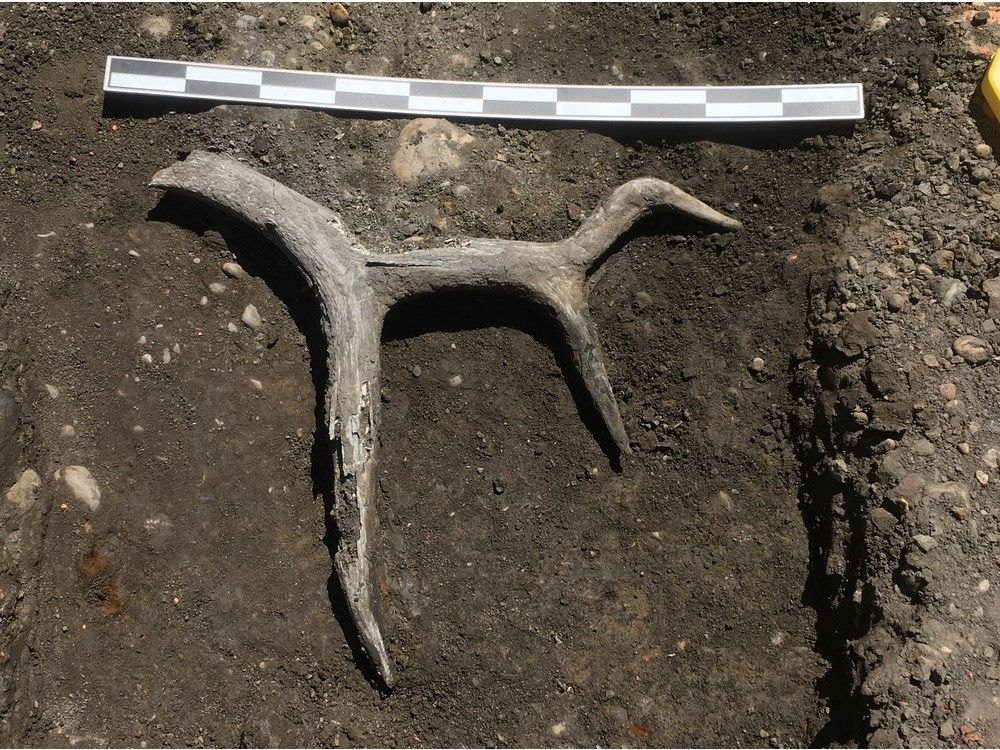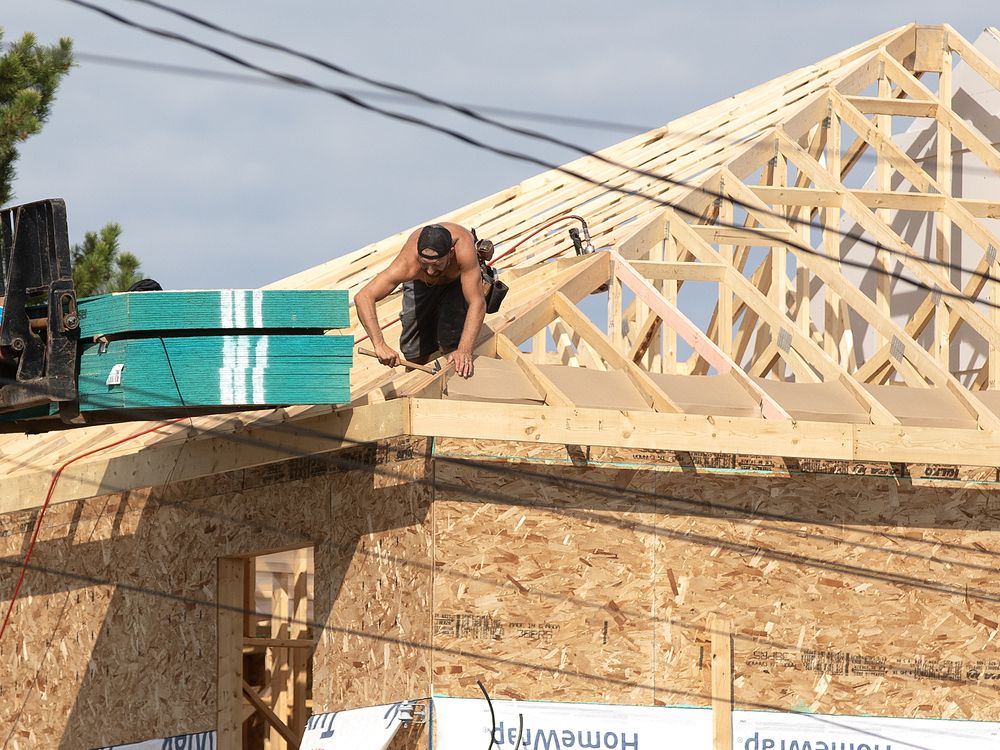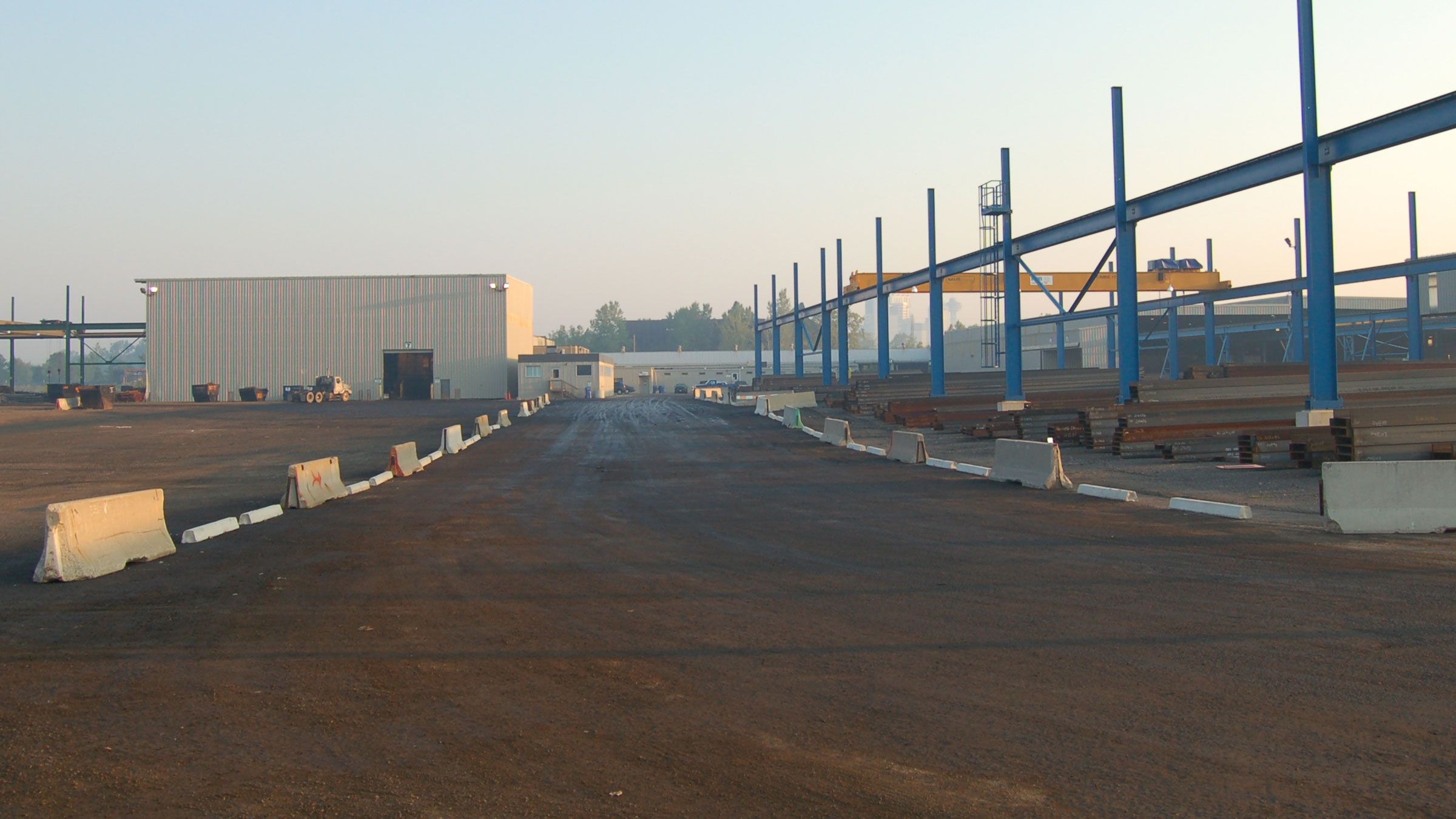After early struggles, federal refugee employment program gains traction with employers

As the federal government moves to restrict the number of temporary workers in the country, a relatively new program to bring refugees to Canada on a permanent basis is beginning to catch on with employers.
The Economic Mobility Pathways Pilot (EMPP) is a federal program aimed, in part, at easing the labour shortages facing many industries. It matches Canadian employers with refugees and displaced people around the world. If approved, the individual is given permanent residency and can immigrate to Canada with their spouse and children.
The program, which began as a pilot in April 2018, faced criticism for its lengthy approvals process. However, those involved in the program say it’s now much quicker, and its popularity has grown in the last year since Ottawa expanded the EMPP in 2023.
“We’re at a place where we now have sufficient speed and predictability that makes this a really good option for hiring teams,” said Dana Wagner, managing director of TalentLift Canada, a Toronto-based non-profit that helps employers across Canada hire refugees internationally when they can’t find suitable workers locally.
The EMPP can benefit employers, Wagner said, while also being of value to the individuals pursuing these job opportunities. More than 100 million people have been displaced worldwide because of conflict, human rights violations and other factors, according to the United Nations.
“I don’t think enough employers across Canada know that this is an option for them — and that ranges from large companies that do need to hire at scale and smaller employers,” she said. “This program is open to all occupations at all skill levels.”
Dramatic rise in number of temporary residents
The number of temporary residents in Canada has grown dramatically in recent years and now comprises 6.8 per cent of the total population, up from 3.5 per cent two years ago, according to recent Statistics Canada figures.
The Temporary Foreign Worker (TFW) program, in particular, has swelled in popularity, as documented in a CBC News analysis this week. Employers were given the green light to hire more than twice as many people through the federal program in 2023 compared with five years ago.
Last year, employers were cleared to hire 239,646 temporary foreign workers, up from 108,988 in 2018.
The federal government is now trying to lower temporary residents’ share of Canada’s population to five per cent by 2027. The announcement was made in March, and more details are expected in the fall.
So far, the EMPP program has brought about 275 people to Canada. In December, federal Immigration Minister Marc Miller said he would make the EMPP a permanent economic immigration program. A department spokesperson would not speculate on growth projections for the program.
Employers must first post the job to find workers locally, says Peter Veress, president of Vermax Group, an immigration consulting firm.
Dozens of job offers
Roofing and insulation manufacturer IKO Industries uses the TFW program and is now trying the EMPP program for the first time. The company had three members of its hiring team interview 40 applicants in Peru last year and handed out 35 conditional job offers.
“This program affords us an opportunity to access people with specialized skills that are not really easy to find in the current Canadian marketplace,” spokesperson Derek Fee said from one of the company’s manufacturing plants in Brampton, Ont.
There’s already a shortage of workers in building and manufacturing-related industries in Canada, Fee said, and the situation is getting worse because older workers are retiring at a higher rate than younger workers are entering the field.

IKO partnered with TalentLift to help navigate the EMPP process, and so far the company is optimistic about the program, he said, including how the new hires will be supported when they arrive in Canada.
One of the new hires is 36-year-old Cesar Franco, an oil and gas engineer from Venezuela. He is among millions of people who left the South American country because of political and economic turmoil.
In a video call interview from Lima, Peru’s capital, Franco described the challenges that made him leave Venezuela, including the scarcity of diapers after his two children were born and the requirement that he take part in rallies supporting the government.
“If you don’t do it, they said they would fire you,” he told CBC News.
Later this month, Franco is expected to arrive in Ashcroft, B.C., near Kamloops, with his wife and daughters, and work as a plant mechanic for IKO Industries. The whole process has taken about 12 months from the moment he first submitted his resumé to the program.
“Right now it is a dream, but I believe in my dream,” Franco said. “My daughters everyday tell me, ‘Hey Dad, when are we leaving?’ They are so excited to go to Canada.”

Speed remains critical
Some employers are attracted to the TFW program because it can help address labour shortages relatively quickly. Another benefit is stability, since a temporary foreign worker’s permit is tied to a specific employer.
The EMPP program doesn’t offer the same conditions, but there is some certainty for employers since a worker can immigrate with their family to the community where the job is located.
“The beauty with the program, I think, is that it gets us away from this guest worker culture that we are starting to develop here” of using temporary workers, said Peter Veress, president of Vermax Group, an immigration consulting firm in Calgary, and an adjunct professor at Queen’s University’s law faculty in Kingston, Ont.
“It’s basically a dating app, if you want to call it, where you’ve got employers in Canada who need a certain skill set, and you’ve got displaced people and refugees in camps and other inhospitable places sitting with those skills and with the desire to come to work in Canada,” he said.
But the expanded program is still in its infancy, and Veress said he worries about the processing time taking longer and becoming a problem again as its popularity increases. The government will need to be as nimble and efficient as possible, he said.
“[If] we go back into that two-, three-, four-year waiting period — that doesn’t work for business,” said Veress, who previously worked as an immigration officer with the federal government.





